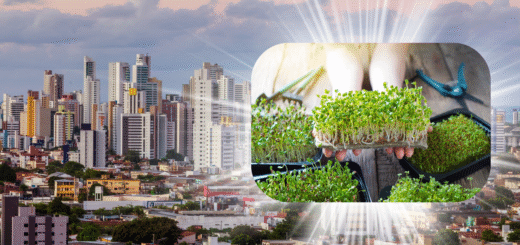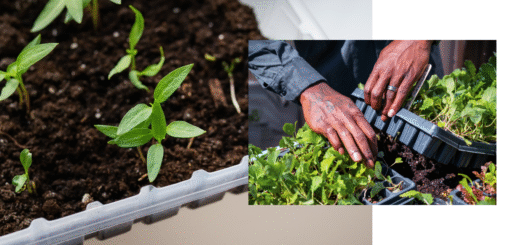Sustainability and microgreens

Hi everyone!
In previous articles, we talked about urban microgreen gardens, how they can be a healthy alternative to the fast pace of city life, a way to strengthen local trade, and a tool to reconnect people with nature. We also mentioned their potential as community and wellness spaces, as well as their positive contribution to the environment, though we didn’t forget about the challenges that still remain.
In today’s article, we want to take a closer look at precisely that: whether microgreens truly represent an advantage in terms of environmental sustainability, and what challenges accompany their production and distribution.
In a world increasingly aware of ecological impact, microgreens have gained attention. As we know, they grow quickly, require little space, and can be produced within cities themselves, reducing the need for transportation, among other benefits.
Throughout this article, we’ll analyze the pros and cons in terms of ecology and sustainability, as well as the main challenges they face.
Ready? Let’s go.
Sustainable advantages of microgreens
Minimal water use
As we already know, microgreens require far less water than traditional crops. For instance, a recent study shows that microgreen production can use between 158 and 236 times less water than comparable mature vegetables.
Additionally, various reports highlight that, thanks to their short growth cycle or closed systems, irrigation is better controlled and waste is minimized.
Efficient use of space
Microgreens require little substrate, small planting trays, and can be grown on rooftops, apartment balconies, or even in offices, as is our case. This makes them especially suitable for densely populated cities, reducing the need for large agricultural areas.
Reduced transportation
Since they’re grown within cities, near the final consumer, microgreens can help shorten transportation distances, reducing pollution, time loss, and waste. This, in turn, helps cut emissions associated with transport and prolonged storage.
Challenges to address
Energy consumption
While water and space efficiency are clear benefits, there’s the challenge of energy consumption (lighting, climate control…). For example, indoor growing requires LED lights, ventilation, and environmental control, which can increase the carbon footprint if not powered by renewable energy sources.
Short shelf life and waste
As we mentioned in previous articles1, microgreens have a very short shelf life after harvest, posing challenges for storage and packaging. Waste linked to this can reduce their environmental advantages if not properly managed.
Economic costs
Infrastructure, climate control, packaging, and energy consumption can increase economic costs. This raises questions about the financial sustainability of certain production models and their viability in specific settings.
Solutions and best practices
Despite these challenges, there are several good practices we can adopt to mitigate them:
• Use renewable energy for lighting and ventilation systems, ensuring that water efficiency isn’t offset by a high energy footprint.
• Design production systems close to consumers to minimize transport, long term storage, and waste.
• Choose sustainable packaging materials, avoiding single use options and favoring reusable or compostable ones.
• Monitor resource usage (water, energy…) to quantify efficiency and make necessary adjustments, artificial intelligence can be a powerful tool for this.
In conclusion, microgreens are a great opportunity to move toward more sustainable food production. Their efficient use of space, fast growth cycle, and potential to reduce water and transportation needs make them strong allies for the environment.
That said, their ecological footprint will depend on how resources, energy, and waste are managed.
See you in the next article. Chao!
Carlota
Sources
Parkes, M. G., Azevedo, D. L., Cavallo, A. C., Domingos, T., & Teixeira, R. F. M. (2023). Life cycle assessment of microgreen production: Effects of indoor vertical farm management on yield and environmental performance. Scientific Reports, 13, Article 11324. https://www.nature.com/articles/s41598-023-38325-0
Dubey, S., et al. (2024). Microgreens production: Exploiting environmental and … Plants, 13(18), 2631. https://www.mdpi.com/2223-7747/13/18/2631
Vitality Farms Company. (2023, January 15). The environmental impact of microgreens. https://vitalityfarmscompany.com/the-environmental-impact-of-microgreens/
Microgreens World. (2023, May 31). Growing microgreens without soil: A sustainable approach. https://microgreensworld.com/growing-microgreens-without-soil-a-sustainable-approach/
MP Seeds. (2025, March 12). Why are microgreens good for the environment? https://mpseeds.eu/why-are-microgreens-good-for-the-environment







